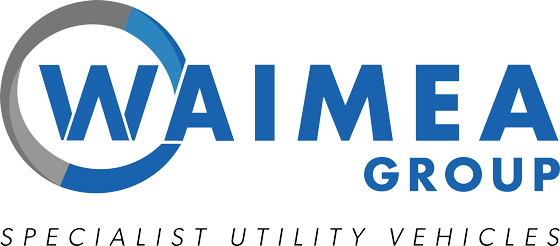How to Ensure Your Allvac® Truck Meets the Legal Payload Distribution Limits
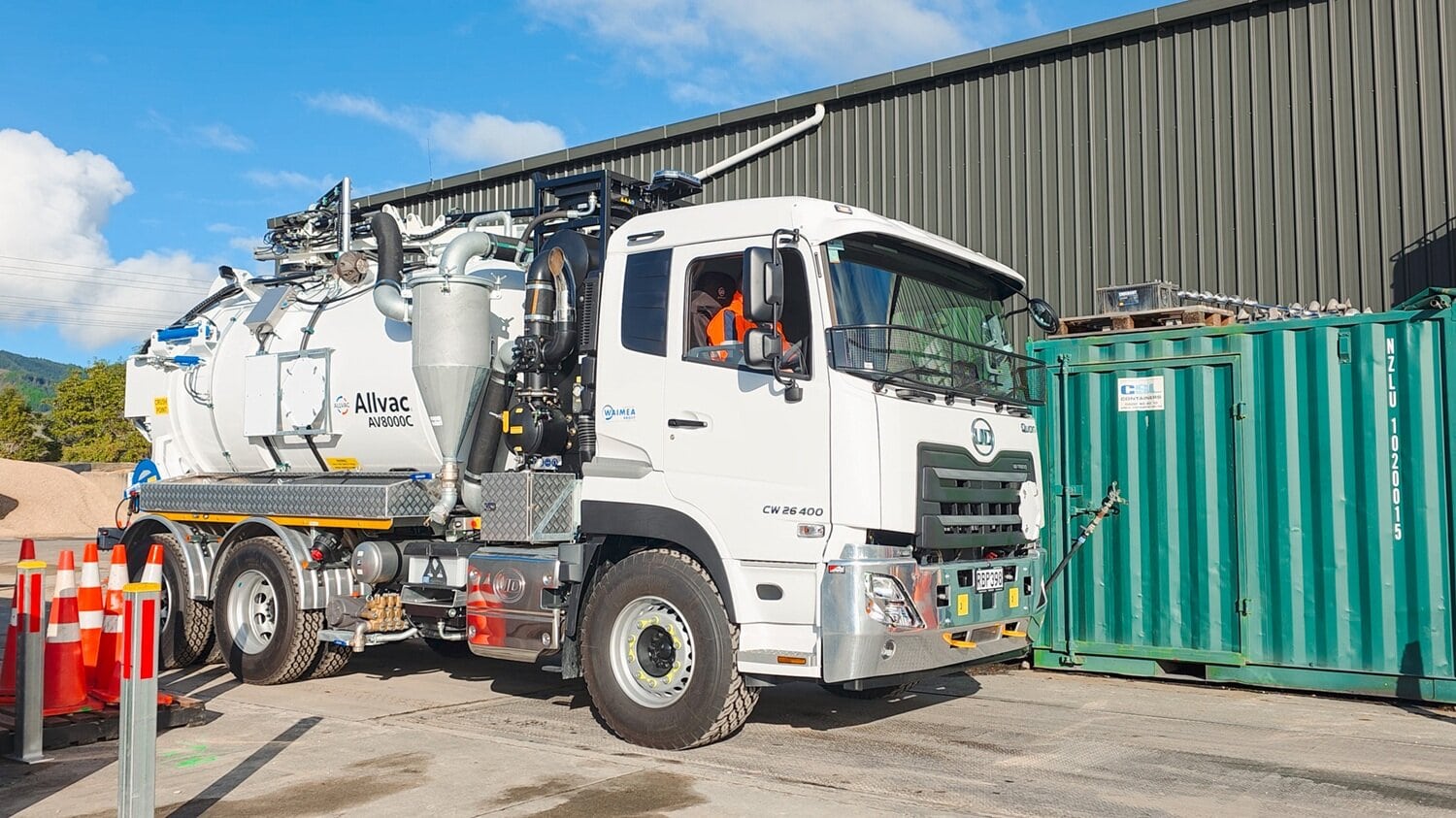
The last thing you want, when you’re out on the road in your specialist vehicle with a full tank, is to see those red and blue lights behind you and know you might not be compliant. At Waimea we understand that it can be difficult to be sure of your weight distribution when carrying a full payload, so here’s a quick guide to keeping compliant with your payload.
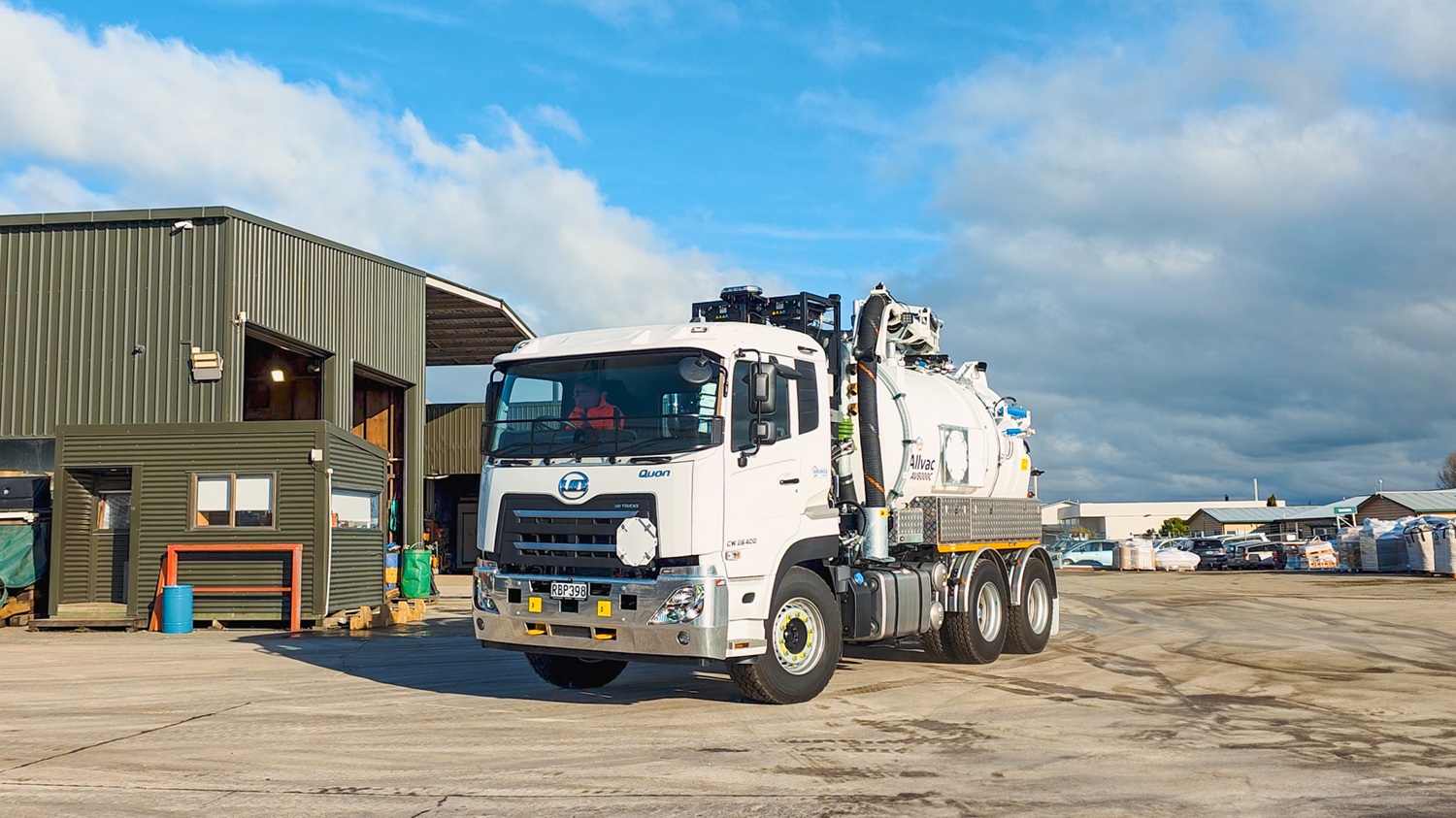
Understanding Your Allvac’s Maximum Payload
Firstly, an important point to remember when looking at your hydrovac/vacuum tanker truck specifications, the maximum payload is the total weight the truck can legally carry. This isn’t just the weight of the material in your tank. The calculation for this weight limit includes the vehicle itself, a full tank of fuel and the weight of an 85kg person in the cab. This adds a certain amount of weight to the overall limit and means you need to be conscious of anything like this that may alter the weight distribution. The maximum payload is the total weight the truck can carry, not the total capacity of your tank.
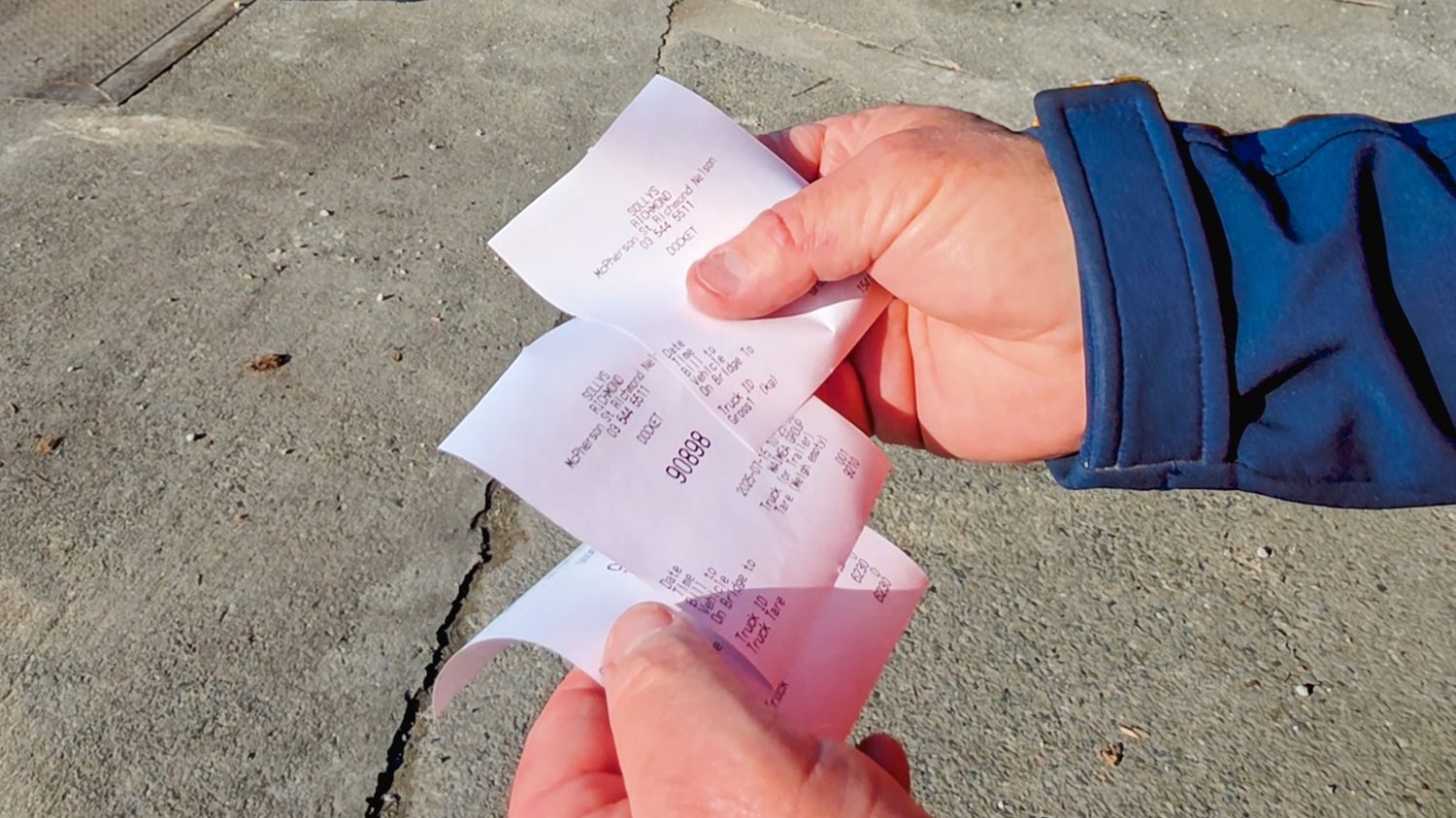
Axle Weight: Ensuring Safe Weight Distribution
Secondly, it’s necessary to take axle weight distribution very seriously. There are legal limits to how much weight can be put over both the front and rear so that your truck isn’t imbalanced and its manoeuvrability and braking capacity isn’t compromised on the road.
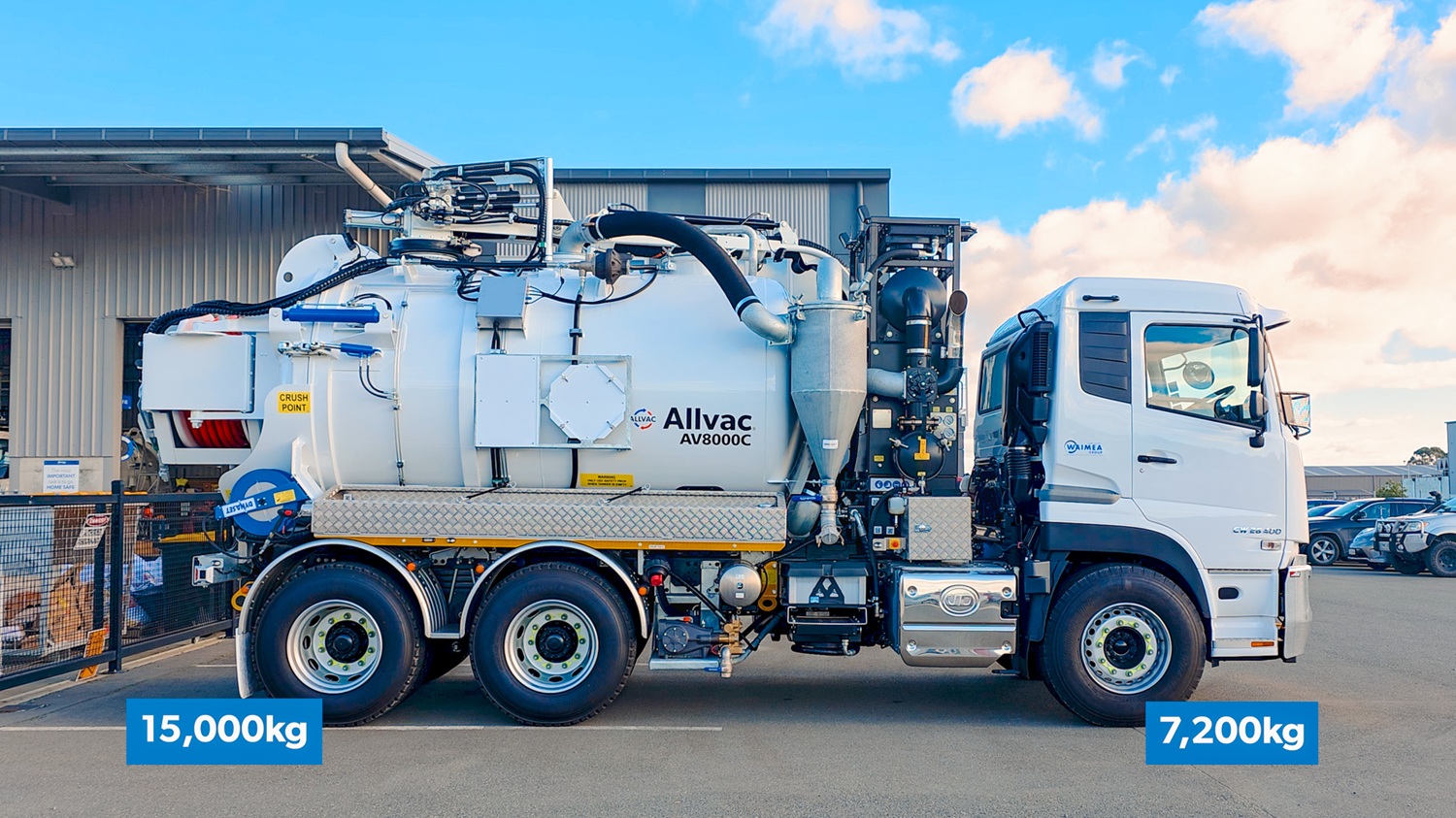
With our Allvac® AV8000C Combi and other Allvac® units, there are specific weight limits for the front and rear axles. For example: you are allowed 7200kg on the front axle & 15000kg on the rear axle, giving a total weight of 22.2 tonne.
To check your axle weights, you can weigh your hydrovac or vacuum tanker at any weighbridge in your area. Simply weigh your truck with only the front wheels on the scale to get the front axle weight, and then do the same for the rear wheels to determine the rear axle weight. This will allow you to ensure your weight is distributed safely for driving on the roads.
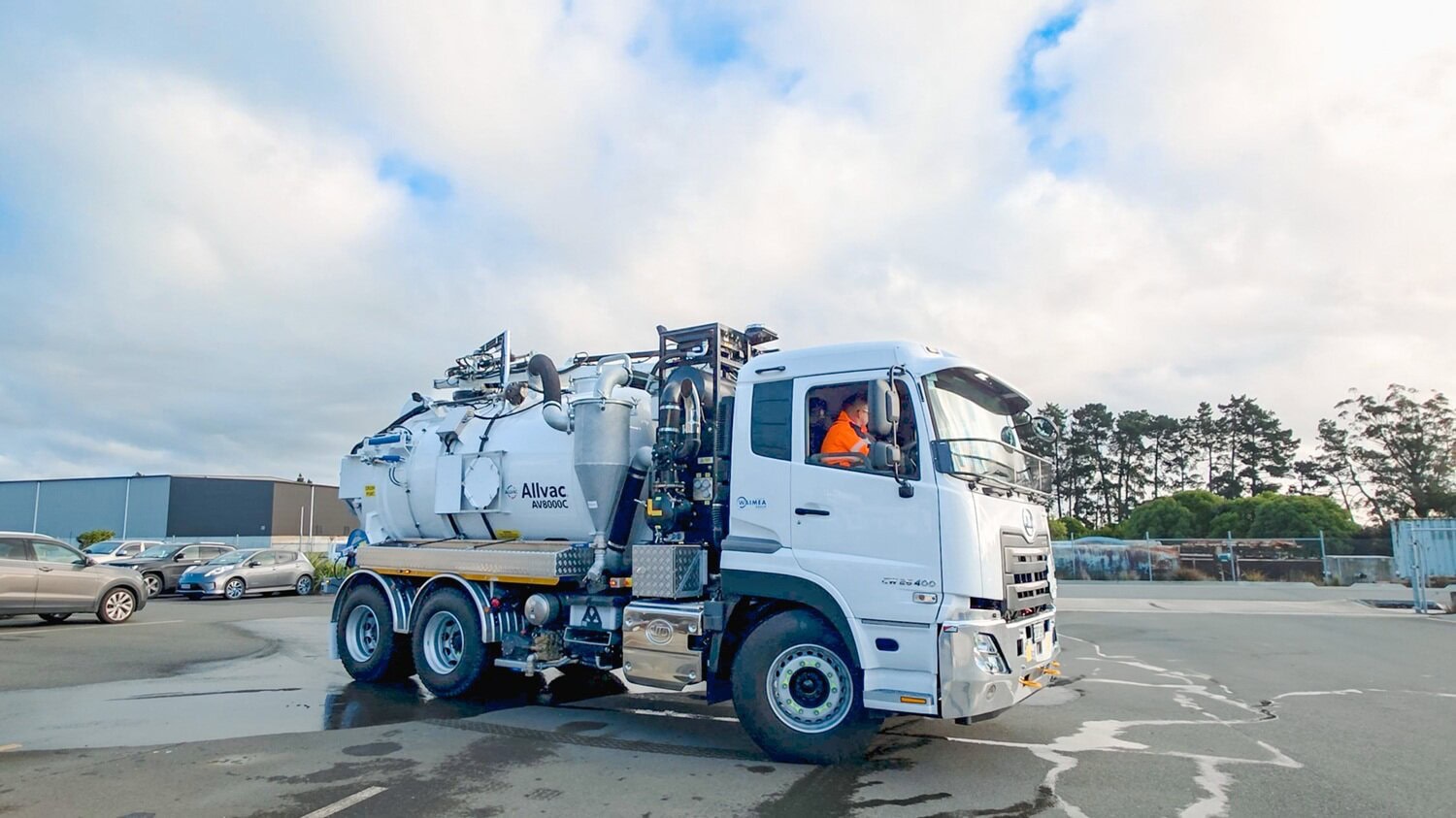
The Importance of Waste Density: How to Accurately Estimate Your Payload
And finally, you need to be aware of what you’re loading into your tank, as this is a major factor in staying compliant. Different types of product have different weight-to-volume ratios and may settle and move differently, altering the weight distribution.
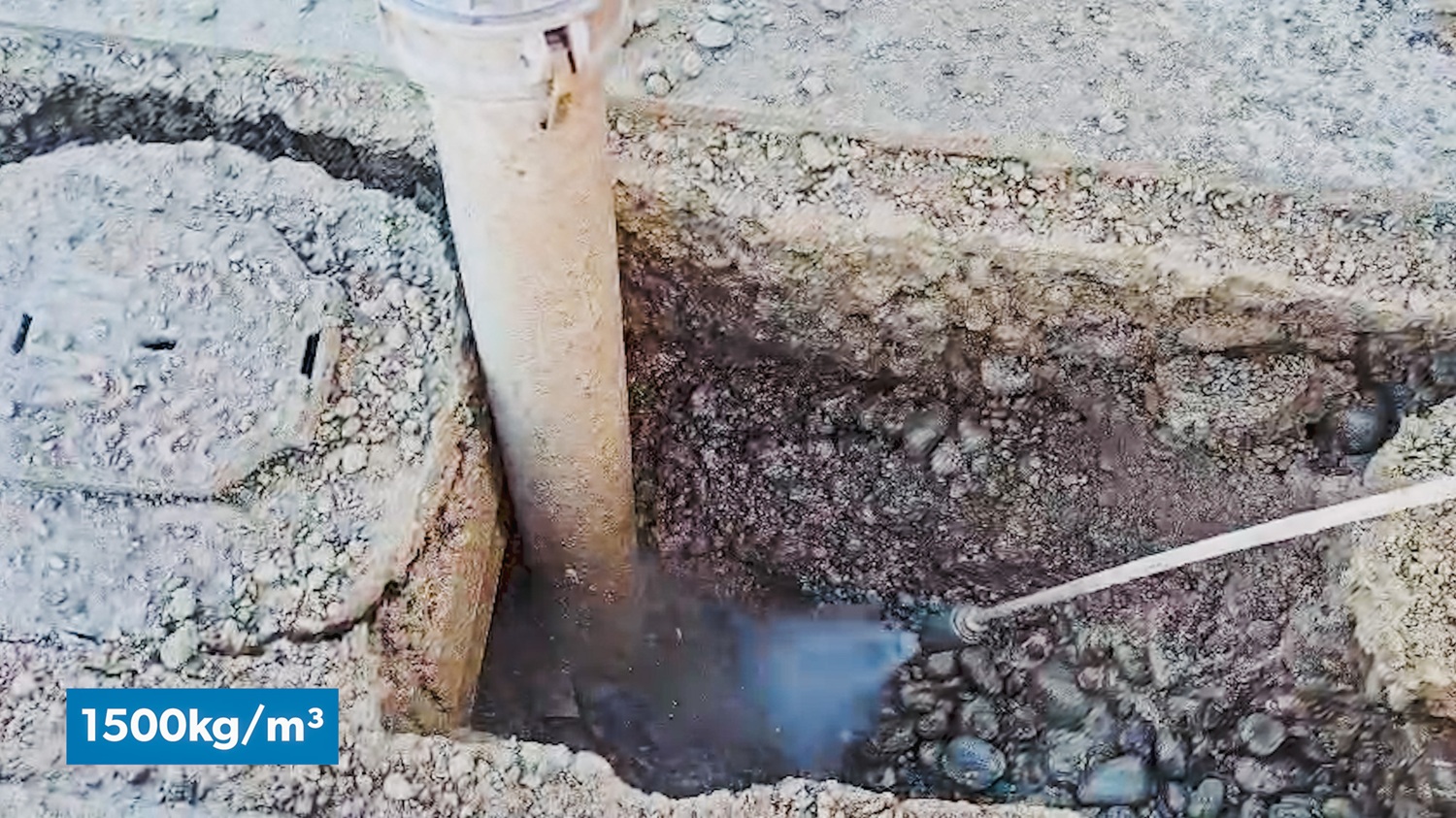
Many contractors and disposal sites use 1,500 kg/m³ as a safe average for hydrovac waste. For jetting waste that has a heavy sediment or grit content, a practical average would be 1,200kg/m³. For light sediment with mostly water, a good rule of thumb is 1,050kg/ m³.
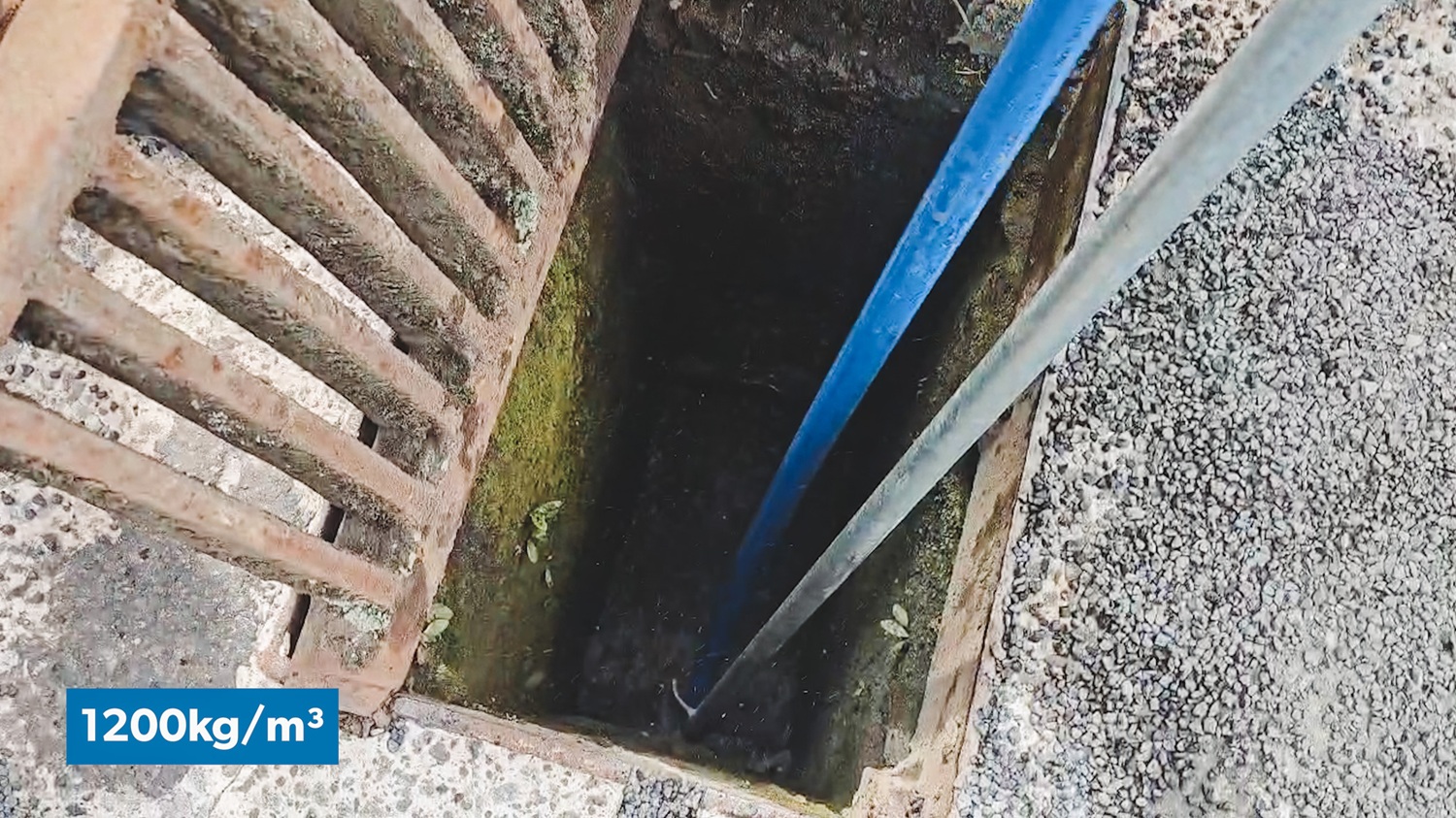
The density of the material can change the weight distribution and total payload of your hydrovac or vacuum tanker, meaning that this is something that requires constant monitoring when on the job, which is why we promote onboard scales or a weighting system on your Allvac®. This allows you to monitor your weight in real-time, helping you avoid overloading so you can make sure you’re always compliant with regulations.
As these three impressive units head out to begin their vital work for Horizon, Waimea will continue building the remaining six. We look forward to seeing them continue driving out of our gate and towards both Waimea’s and Horizon’s vision of keeping community utilities functioning!
How can you stay legal with payload distribution? Contact us today to find out how you can stay compliant!

